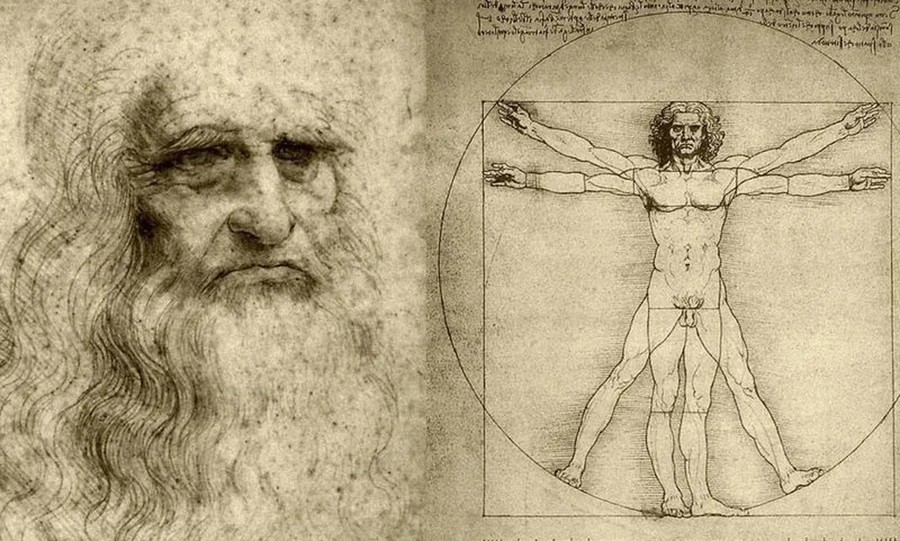As humanity stood on the threshold of written history, with the first civilizations beginning to solidify in Mesopotamia and Anatolia, the world was undergoing radical changes in social structures, economy, and culture.
Secrets Hidden in the Royal Cemetery
Basur Höyük, an ancient royal cemetery discovered in eastern Turkey, is one of the most revealing findings from this period of profound transformation. A recent study highlights that this archaeological site provides critical insights into the origins of inequality during the Early Bronze Age, at the edges of Mesopotamia.
Located in the Şırnak province of modern-day Turkey, Basur Höyük has been recognized as a significant settlement during the third millennium BCE.
The archaeological research revealed the existence of monumental tombs belonging to the local elite. These tombs contained exceptional grave goods, including weapons, prestigious objects, and offerings, pointing to a clear social differentiation among the inhabitants of the region.
The study, based on excavations and detailed archaeological analysis, suggests that Basur Höyük was a center of local power with strong ties to the major cities of Mesopotamia. While not part of the great empires of the time, this enclave became a hub for wealth and prestige, reflected in the tombs of its ruling elite.
Evidence of Human Sacrifice
The site of Başur Höyük on the Upper Tigris. Photo: D. Wengrow et al.
One of the most striking findings at Basur Höyük is the presence of evidence for human sacrifice, a practice observed in other ancient cultures as well.
In some of the tombs, archaeologists found the remains of several individuals who were apparently buried alongside the rulers in a ritual symbolizing the transition to the afterlife and the maintenance of social order even after death.
Such practices were common in highly hierarchical societies, where leaders used these ceremonies not only as displays of power but also as mechanisms to reinforce both faith and the structure of authority.
Teenage Girls Chosen for Sacrifice
Bioarchaeological analyses reveal that the victims of these sacrifices were primarily teenage girls, selected deliberately.
The grave goods uncovered at Basur Höyük further support the evidence of growing inequality in the region during the Bronze Age. The elite tombs contained bronze daggers, spear points, cylindrical seals, intricately crafted gold and silver jewelry, and other luxury items, all pointing to privileged access to goods and advanced technologies for the time.
Systematic Social Inequality
Collection of metal artifacts made of copper from Başur Höyük. Photo: D. Wengrow et al.
These findings support the hypothesis that social inequality did not arise spontaneously but was rather the result of a gradual process driven by the need to solidify power, control resources, and institutionalize class differences.
The analysis of this royal cemetery contributes to a better understanding of how human societies transitioned from egalitarian systems to strict hierarchical structures. Basur Höyük’s position between the cities of Mesopotamia and the tribal populations of Anatolia played a key role in the dissemination of ideas, technologies, and power structures.
From the study of this site, researchers have identified patterns similar to those observed in other parts of the world, where emerging elites used war, trade, and religious rituals to establish dominance over the rest of the population.
Archaeological evidence shows that inequality was not an unintended consequence of civilization’s development, but a deliberate mechanism for organizing power.









